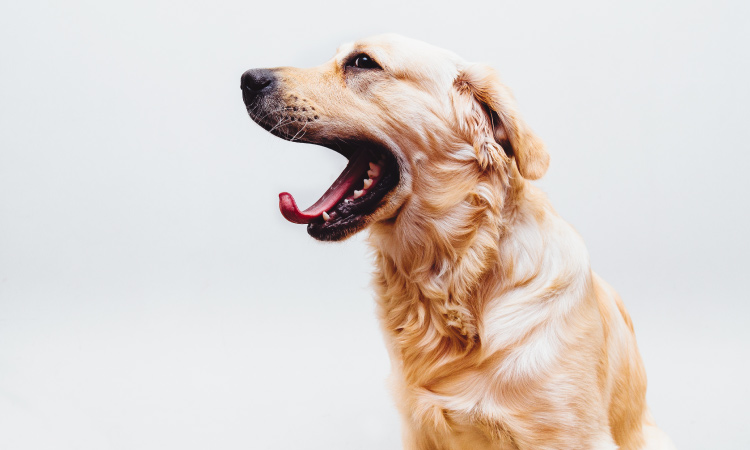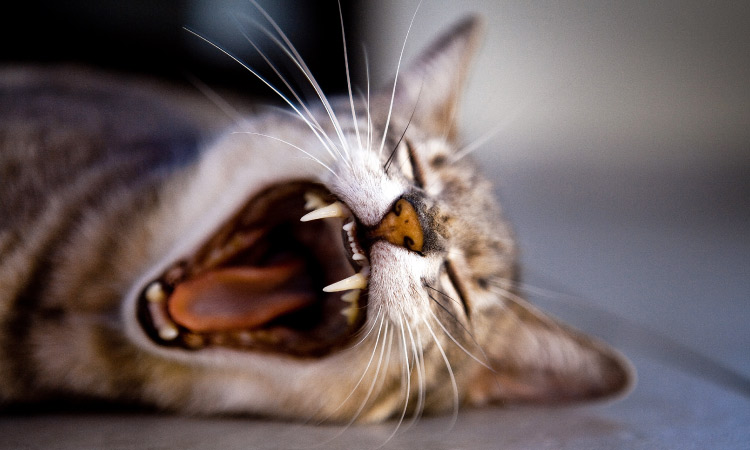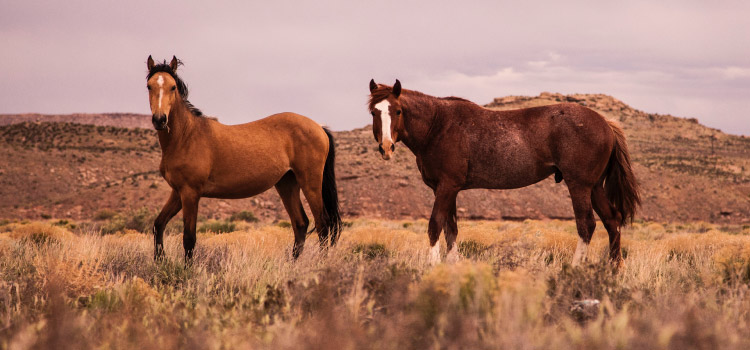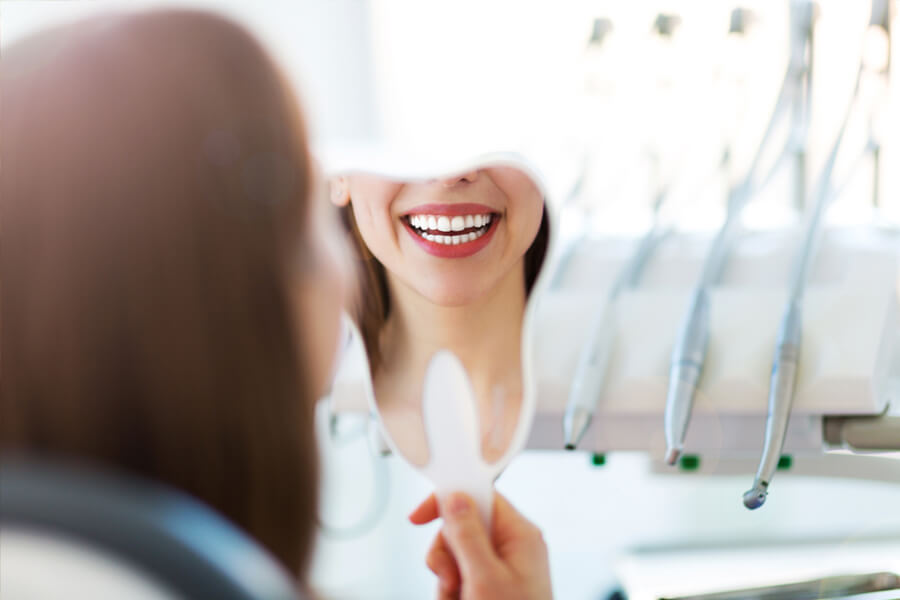Read our dental blog to learn about the state animals and fossil of North Carolina. We give an overview of the Colonial Spanish Mustang, Plott Hound, and Marbled Salamander, and talk about what their teeth are like. "Tooth" be told, we love all kinds of teeth. Let us take care of yours—contact us today!
Why You Should Brush Your Pet’s Teeth

Even though your dog or cat wouldn’t be able to brush its teeth in the wild, it’s important to understand that their lifestyles are quite different than those of their undomesticated relatives. While it may seem over-the-top to brush your pet’s teeth, you’re actually doing them a huge favor by protecting their health.
Protect Your Pet’s Oral Health
Dogs and cats are vulnerable to gum disease and tooth decay just like us, only we are able to brush our teeth thoroughly twice a day. Because our furry friends eat processed diets with more starch than they would in the wild, they easily develop plaque and bacteria on their teeth, which speeds up the decaying process. When pets lose their teeth, it becomes impossible for them to eat, and there aren’t any tooth replacement options for pets like there are for people. It may take time to establish a brushing routine with your pet, but stick with it, be gentle, and have patience. Know that you are doing this for their oral health. Read on for tips to make your dog’s or cat’s oral hygiene be as “paw-sitive” as “paw-ssible”!
How to Brush a Dog’s Teeth
If your pooch enjoys chew toys, it already does some of the work in cleaning its teeth, but that’s not all your pup needs to maintain good oral health. Brushing your dog’s teeth at least three times per week can prevent painful tooth decay and tooth loss. First, make sure that your dog is comfortable with you touching its gums and teeth by gently opening their mouth and touching their gums during your regular grooming sessions. Then, gradually incorporate a dog-friendly toothbrush. Over time, add in a specially-formulated enzymatic dog toothpaste (human toothpaste has ingredients that are toxic for dogs and cats!). Pet toothpaste comes in flavors that will be tasty to your furry friend, like chicken and bacon, and is safe to be ingested. Praise your dog every step of the way and give them lots of assurance and treats.

How to Brush a Cat’s Teeth
Getting your cat used to a toothbrush and toothpaste is similar to getting your dog used to it. Remember, it is very important to make sure that the dental products that you use on your cat are made specifically for cats. Additionally, consider supplementing your pet’s oral care routine with dental chew treats. These will freshen their breath and help break up plaque between brushings, and your pet will love it!
Remember to Care for Your Own Teeth
It’s important to take care of your teeth too with twice daily brushing, daily flossing, and dental cleanings and examinations twice a year. At CarolinasDentist, we are always welcoming new patients and invite you to see what our practice has to offer you and your family. Contact us to schedule an appointment today!









